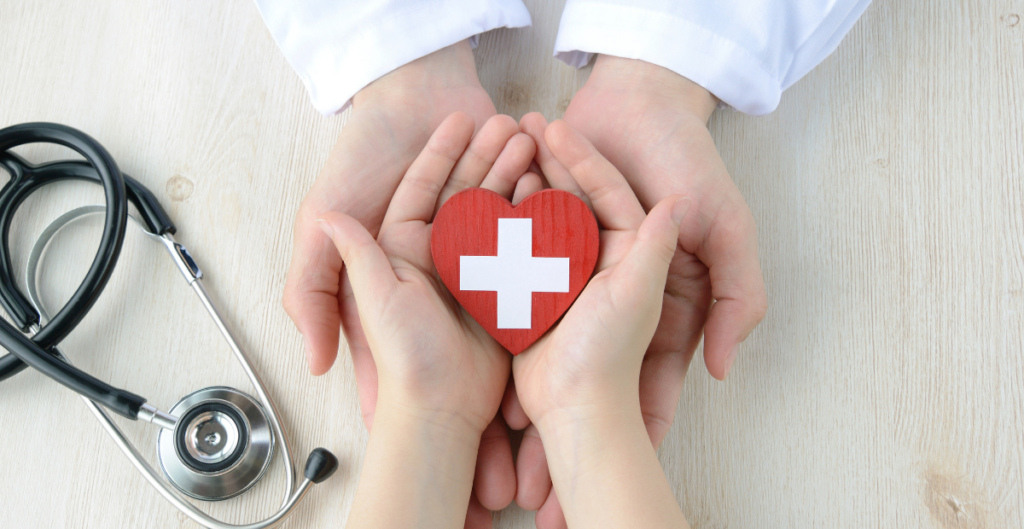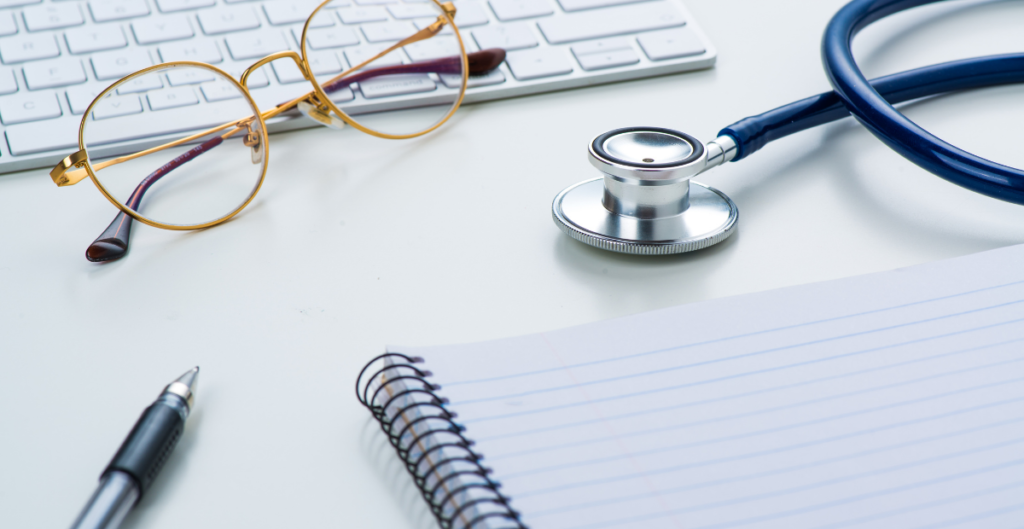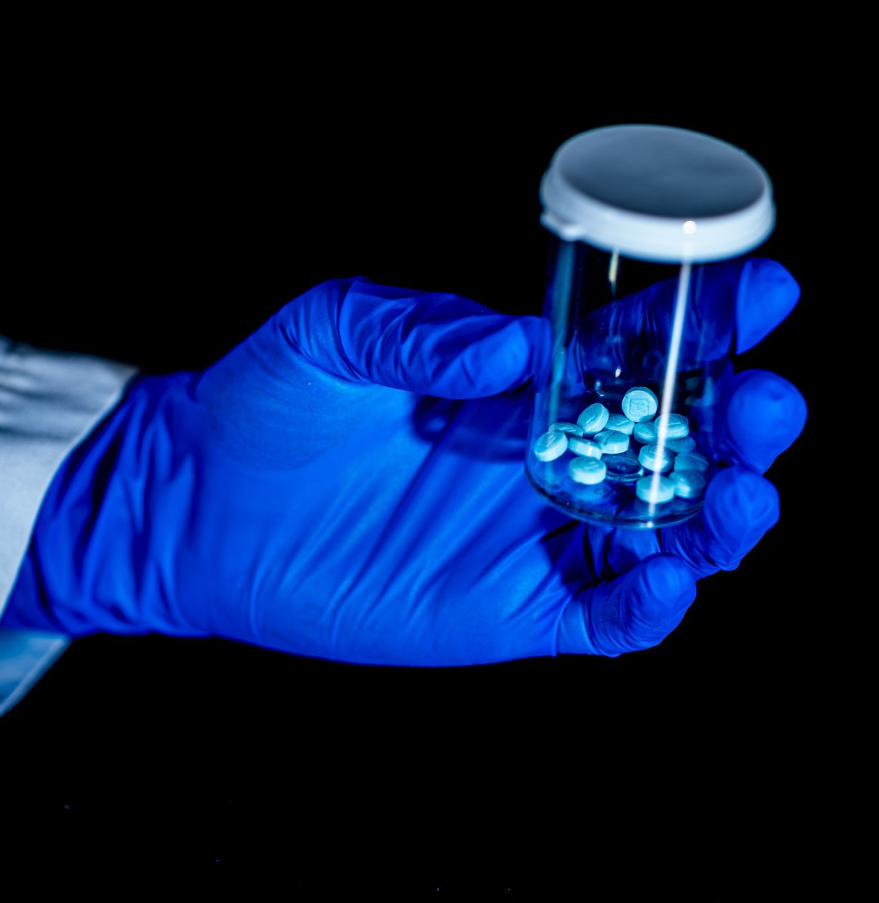What is Alcoholic Steatohepatitis
Your liver is the largest organ inside your body. It helps your body digest food, store energy, and remove poisons. Fatty liver disease is a condition in which fat builds up in your liver. There are two main types:
- Nonalcoholic fatty liver disease (NAFLD)
- Alcoholic fatty liver disease, also called alcoholic steatohepatitis
Alcoholic steatohepatitis is due to heavy alcohol use. Your liver breaks down most of the alcohol you drink, so it can be removed from your body. But the process of breaking it down can generate harmful substances. These substances can damage liver cells, promote inflammation, and weaken your body’s natural defenses. The more alcohol that you drink, the more you damage your liver. Alcoholic fatty liver disease is the earliest stage of alcohol-related liver disease. The next stages are alcoholic hepatitis and cirrhosis.
Alcoholic Steatohepatitis Diagnosis
Because there are often no symptoms, it is not easy to find fatty liver disease. Your doctor may suspect that you have it if you get abnormal results on liver tests that you had for other reasons. To make a diagnosis, your doctor will use:
- Your medical history
- A physical exam
- Various tests, including blood and imaging tests, and sometimes a biopsy
As part of the medical history, your doctor will ask about your alcohol use, to find out whether fat in your liver is a sign of alcoholic fatty liver disease or nonalcoholic fatty liver (NAFLD). He or she will also ask which medicines you take, to try to determine whether a medicine is causing your NAFLD.
During the physical exam, your doctor will examine your body and check your weight and height. Your doctor will look for signs of fatty liver disease, such as:
- An enlarged liver
- Signs of cirrhosis, such as jaundice, a condition that causes your skin and whites of your eyes to turn yellow

You will likely have blood tests, including liver function tests and blood count tests. In some cases, you may also have imaging tests, like those that check for fat in the liver and the stiffness of your liver. Liver stiffness can mean fibrosis, which is scarring of the liver. In some cases, you may also need a liver biopsy to confirm the diagnosis, and to check how bad the liver damage is. [1]
Alcoholic Steatohepatitis Pathology Outlines
Outlines for alcoholic liver disease and alcoholic steatohepatitis [2]:
Definition / General
- Liver damage caused by excessive alcohol consumption
Essential features
- Liver damage caused by excessive alcohol consumption
- Steatosis, steatohepatitis or perivenular and pericellular fibrosis are typical histological features
Terminology
- Alcoholic liver disease
Epidemiology
- 90 – 95% of heavy drinkers develop steatosis; up to 35% develop advanced alcoholic liver diseases (i.e., alcoholic hepatitis, fibrosis, cirrhosis or hepatocellular carcinoma)
- Proportion of current drinkers among the total population in 2016: 43.0% (world), 59.9% (European region), 54.1% (region of the Americas), 53.8% (Western Pacific region), 33.1% (Southeast Asian region), 32.2% (African region) and 2.9% (Eastern Mediterranean region)
- Harmful alcohol use is associated with 5.3% of all deaths and 5.1% of disability adjusted life years (DALYs) worldwide in 2016
- Cirrhosis accounts for 607,000 and 22.2 million alcohol attributable death and DALYs, respectively
- Liver cancer accounts for 84,000 alcohol attributable cancer deaths
Sites
- Liver
Pathophysiology
- Alcohol enhances hepatic lipid biosynthesis
- Excess NADH generation from alcohol dehydrogenase and acetaldehyde dehydrogenase
- Impaired assembly / secretion of lipoproteins
- Increased peripheral fat catabolism
- P450 induction causes other drugs to be transformed to toxic metabolites; free radicals, from microsomal oxidation of alcohol, damage proteins and membranes
- Alcohol directly affects microtubular and mitochondrial function, also induces immunologic attack on hepatic neoantigens
- Acetaldehyde (alcohol metabolite) causes lipid peroxidation and acetaldehyde protein adduct formation
- Collagen deposition by perisinusoidal hepatic stellate (Ito) cells is due to Kupffer cell activation (release of TNFα, IL1 / 6, TGFβ), platelet activating factor, influx of neutrophils into parenchyma
- Alcohol also causes derangements of vascular perfusion
- Alcohol consumption results in translocation of gut bacteria into the portal system along with lipopolysaccharides that interact with toll-like receptors and results in production of inflammatory and immunogenic mediators such as TNFα and interferons
Etiology
- Excessive regular alcohol consumption (> 20 g/day for females and > 30 g/day for males)
Clinical features
- Nonspecific clinical features for any chronic liver disease
- Odor of alcohol on breath
- Alcohol withdrawal syndrome: fine tremor, psychomotor agitation, transient hallucinations or illusions, tachycardia
Diagnosis
- Alcoholic liver disease:
- Regular alcohol consumption of > 20 g/day for females and > 30 g/day for males
- AND clinical or biological abnormalities suggestive of liver injury
- Alcoholic hepatitis:
- Recent onset (< 8 weeks) of jaundice
- Heavy alcohol consumption (> 40 g/day for females and > 60 g/day for males for ≥ 6 months or < 60 days of abstinence before the onset of jaundice)
- Serum aspartate transaminase (AST) > 50 IU/L, AST/alanine transaminase (ALT) > 1.5 and both AST & ALT < 400 IU/L
- Serum bilirubin > 50 µmol/L (3 mg/dL)
- In presence of diagnostic uncertainly, liver biopsy is required to confirm histologically alcoholic steatohepatitis and rule out other diagnoses
Treatment
- Abstinence is the most important alcoholic steatohepatitis treatment
- Corticosteroid should be considered for patients with severe alcoholic hepatitis without contraindications to the corticosteroid
- Intravenous N-acetylcysteine may be combined with corticosteroid in patients with severe alcoholic hepatitis
- Liver transplantation for alcoholic cirrhosis

Alcoholic Steatohepatitis Symptoms
Both Nonalcoholic fatty liver disease and alcoholic steatohepatitis are usually silent diseases with few or no symptoms. If you do have symptoms, you may feel tired or have discomfort in the upper right side of your abdomen.
If you do experience early symptoms of ARLD, these are often quite vague, such as:
- Abdominal (tummy) pain
- Loss of appetite
- Fatigue
- Feeling sick
- Diarrhoea
- Feeling generally unwell
Advanced Symptoms
As the liver becomes more severely damaged, more obvious and serious symptoms can develop, such as:
- Yellowing of the skin and whites of the eyes (jaundice)
- Swelling in the legs, ankles and feet caused by a build-up of fluid (oedema)
- Swelling in your abdomen caused by a build-up of fluid known as ascites
- A high temperature (fever) and shivering attacks
- Very itchy skin
- Hair loss
- Unusually curved fingertips and nails (clubbed fingers)
- Blotchy red palms
- Significant weight loss
- Weakness and muscle wasting
- Confusion and memory problems, trouble sleeping (insomnia) and changes in your personality caused by a build-up of toxins in the brain
- Passing black, tarry poo and vomiting blood as a result of internal bleeding
- A tendency to bleed and bruise more easily, such as frequent nosebleeds and bleeding gums
- Increased sensitivity to alcohol and drugs because the liver cannot process them [3]
Causes and Risk Factors
Alcoholic steatohepatitis only happens in people who are heavy drinkers, especially those who have been drinking for a long period of time. The risk is higher for heavy drinkers who are women, have obesity, or have certain genetic mutations.
For alcohol-related fatty liver disease, the cause is too much alcohol. You may be even more likely to get it if you drink a lot and
- Are obese
- Are malnourished
- Have chronic viral hepatitis, especially hepatitis C
- Have genes that make you more likely to get it
- Are an African-American or Hispanic male
- Age — the older you are, the more likely it becomes [4]
Alcohol Related Steatohepatitis Treatment
Both alcoholic steatohepatitis and one type of nonalcoholic fatty liver disease (nonalcoholic steatohepatitis) can lead to cirrhosis. Doctors can treat the health problems caused by cirrhosis with medicines, operations, and other medical procedures. If cirrhosis leads to liver failure, you may need a liver transplant.
If you have any of the types of fatty liver disease, there are some lifestyle changes that can help:
- Eat a healthy diet, limiting salt and sugar, plus eating lots of fruits, vegetables, and whole grains
- Get vaccinations for hepatitis A and B, the flu and pneumococcal disease. If you get hepatitis A or B along with fatty liver, it is more likely to lead to liver failure. People with chronic liver disease are more likely to get infections, so the other two vaccinations are also important.
- Get regular exercise, which can help you lose weight and reduce fat in the liver
- Talk with your doctor before using dietary supplements, such as vitamins, or any complementary or alternative medicines or medical practices. Some herbal remedies can damage your liver.
The most important part of treating alcohol-related fatty liver disease is to stop drinking alcohol. If you need help doing that, you may want to see a therapist or participate in an alcohol recovery program. There are also medicines that can help, either by reducing your cravings or making you feel sick if you drink alcohol.
If you are an alcoholic, your very first step in recovery should be to medical alcohol detox in a safe and medically supervised setting. [5]
A comprehensive team prescribing medications can alleviate your withdrawal pains while monitoring your health 24 hours. Assuring both your safety and comfort. We Level Up TX’s thorough approach to rehabilitation supports several levels of care to ensure the best possible outcome for every client who enters our doors. From an intensive and more supportive atmosphere for those in the early days of recovery to a comfortable residential-style living dynamic upon completion of detox, we are here to help guide you down the safe and results-based path to your sobriety.
We Level Up TX drug addiction and alcohol treatment center medically assists clients to clear their systems of addictive substances. For anyone who suffers from addiction, just the thought of having to stop drinking alcohol can cause severe mental distress. But, with the help of a medical detox center, the medical detox process is managed.

If you or someone you love is seeking a safe, secure, and compassionate resource for alcohol treatment and alcoholic steatohepatitis, We Level Up TX is here for you. Call us and speak with an addiction counselor today about our levels of care.
Sources:
[1] Fatty Liver Disease – U.S. Department of Health and Human Services National Institutes of Health
[2] Alcoholic liver disease – https://www.pathologyoutlines.com/topic/liveralcoholichep.html
[3] Alcohol-related liver disease – https://www.nhs.uk/conditions/alcohol-related-liver-disease-arld/
[4] Fatty Liver Disease (Hepatic Steatosis) – https://www.webmd.com/hepatitis/fatty-liver-disease
[5] We Level Up – Addiction » Alcoholism Treatment





